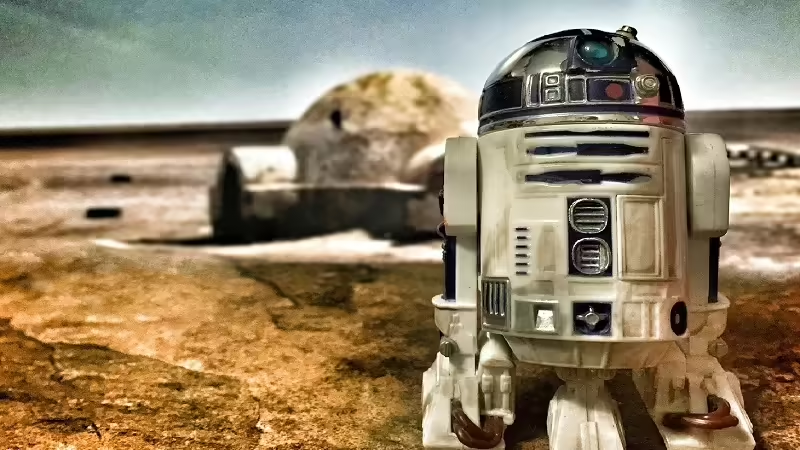
Afro-Cuban music
All this takes place in Cuba, where the concept of son arises, near the end of the first decade of the 20th century. Currently it is used especially in bachata or salsa. It is precisely that this instrument is a fundamental piece in the history of the origin of salsa.
It’s a musical show, to appreciate how one of these Afro-Cuban musicians uses the instrument created by Ortiz. This one goes in the middle of the interpreter’s knees, who in a very skillful way, also alternates it with other drums like the cowbell.
African origins
On the other hand, there are historians of music who raise a reasonable hypothesis, in which they claim that the bongos come from African tribes such as the ñañigos or the abakua and brought them to American territory, when they crossed the Atlantic Ocean.
But as such, the current bongos are attributed to Fernando Ortiz, who popularized them all over the world,starting with the working and proletarian people of the countryside and very frequent in genres that arose on that occasion, such as el son and changüí .
Professionals in every sense of the word, came from the United States, when they met this wonderful instrument. They became enthusiastic and triumphant, which resulted in mass production of bongos throughout North America.
But the famous blockade of the gringos to the Cubans,stopped the export of bongos to their territory, reason why they were manufactured in the same United States and soon exported to the whole world.
Innovation in music was so surprising, that diverse genres such as jazz, rock or folk, were also infected with the magic of bongo.







